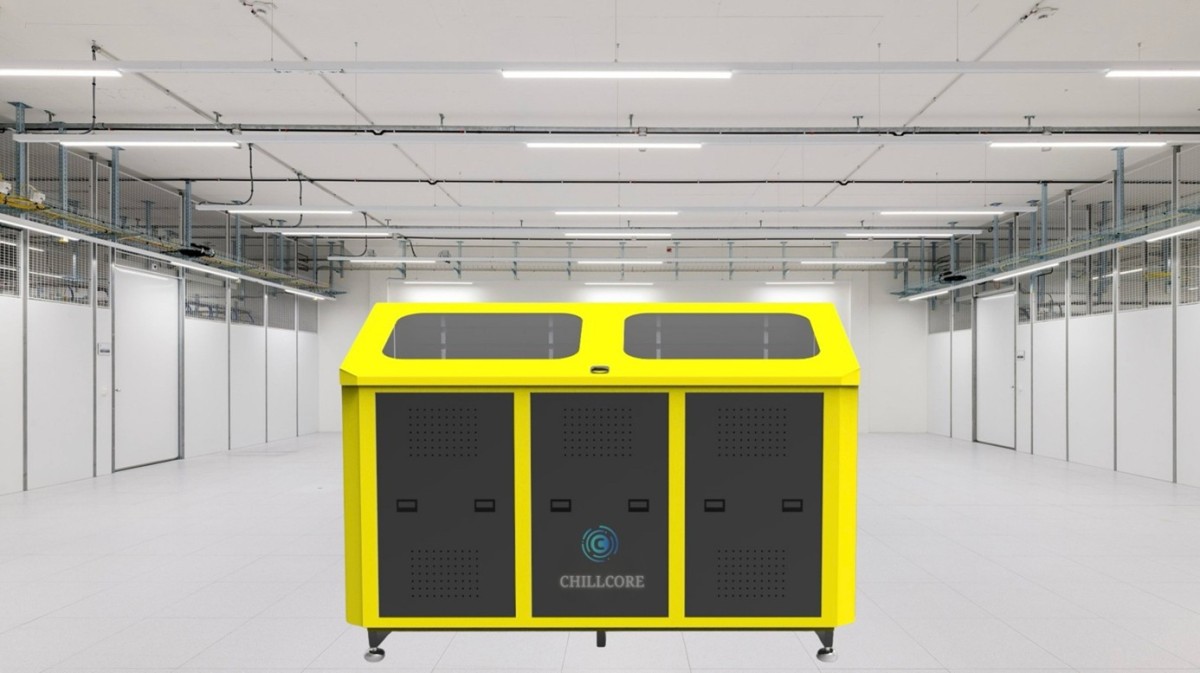For years, immersion cooling was seen as a niche — an experimental technology reserved for specialized use cases. But the data center landscape is changing rapidly. Artificial intelligence (AI), high-performance computing (HPC), and edge deployments are pushing thermal limits higher than ever. Rack densities are skyrocketing, and traditional air-based cooling is struggling to keep up.
In this new reality, immersion cooling is no longer an exotic option — it’s becoming an operational necessity.
Why the Sudden Shift?
The rise of AI workloads has transformed the performance profile of modern IT infrastructure. High-density GPU clusters and advanced processors generate intense heat loads that conventional airflow simply cannot dissipate efficiently. As a result:
- Power Usage Effectiveness (PUE) values for air-cooled facilities are often significantly higher than desired.
- Operational costs escalate due to heavy reliance on fans, chillers, and CRAC units.
- Equipment lifespan can be shortened due to thermal stress and hotspots.
Immersion cooling addresses these issues head-on by submerging IT hardware directly into a thermally conductive, non-conductive dielectric fluid. This fluid absorbs and transfers heat with far greater efficiency than air, eliminating the need for complex air handling systems.
If It’s So Good, Why Isn’t Everyone Using It?
Like any major shift in infrastructure, adoption takes time. Many organizations are working with legacy systems, and decision-makers are often influenced by outdated perceptions of immersion cooling’s complexity or cost. However, forward-thinking operators are already seeing:
- Lower PUE values — in some cases as low as 1.02
- Reduced operational expenditure (OpEx)
- Improved reliability and uptime even in high-stress computing environments
Mainstream-Ready, Today
Contrary to the belief that immersion cooling is still “in the future,” companies like Chillcore have engineered modular, ready-to-deploy systems that prove otherwise. These systems are already serving telecom operators, edge data centers, and HPC facilities where traditional cooling simply isn’t viable.
Chillcore’s designs focus on:
- Scalability — modular systems for small edge sites or large hyperscale facilities
- Efficiency — optimized thermal performance with minimal maintenance needs
- Resilience — proven operation in harsh climates and remote locations
The Takeaway
Immersion cooling has moved far beyond the experimental stage. It’s here, it works, and it’s solving real-world challenges today. The transition is happening — and those who adopt early will enjoy not just technical advantages, but also lower costs, higher sustainability, and a competitive edge.
For organizations looking to modernize their cooling strategy, the message is clear: the future is liquid, and the future is now.
For more information, visit Chillcore Liquid Cooling.




